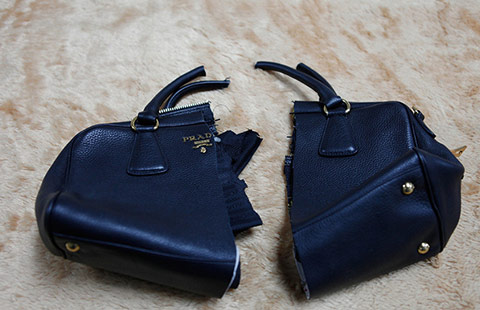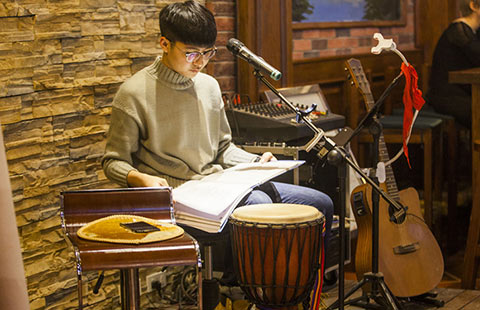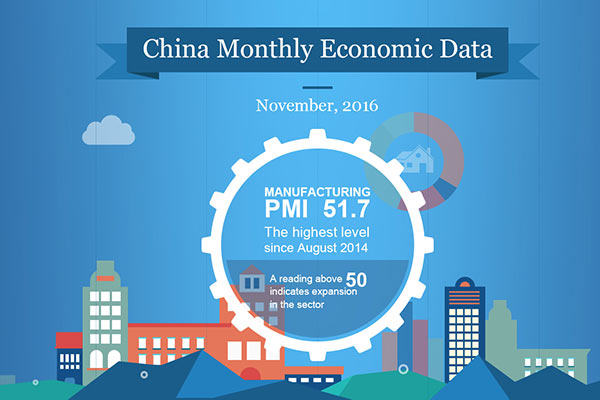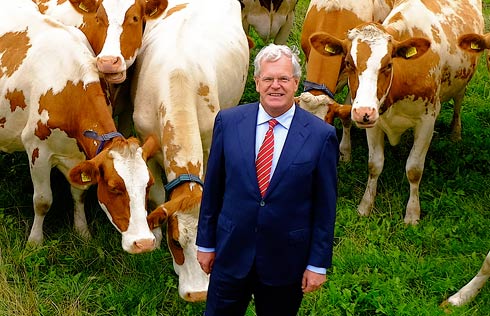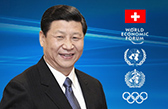Spending power to back China's growth in 2017
BEIJING - Consumer spending will continue to grow at a healthy pace in 2017 as the country moves quickly toward a consumption-driven economy, analysts have said.
Market observers estimated the country's consumption will grow at an annual rate of 10 percent in 2016 and 2017, a key driver of overall growth eclipsing investment and exports.
Consumption has played an increasingly important role in stabilizing the world's second-largest economy, with its contribution to GDP growth up from 50.2 percent in 2014 to 71 percent in the first three quarters of 2016.
Li Yang, an expert with the Chinese Academy of Social Sciences, expected retail sales in China to increase by 10 percent to reach 33.1 trillion yuan ($4.8 trillion) in 2016. Consumption will contribute 73 percent of GDP growth, the highest level since 2001.
Consumption data in the fourth quarter of 2016 is slated to be released on Friday.
China has embarked on a historic rebalancing from exports and investment to consumption in order to boost the economy's potential amid volatile global conditions.
China's fast-growing middle class has become a key driver of consumption growth as they seek more expensive and premium brands and spend more on high-quality goods and services.
According to research by the Economist Intelligence Unit (EIU), a think tank, the proportion of the population earning upper-middle and high incomes in China will expand from 10 percent to 35 percent by 2030.
Gao Yuwei, an analyst with Bank of China's research department, estimated retail sales will grow at around 10.2 percent in 2017, with spending on healthcare, telecommunications and high-end products rising rapidly.
To encourage the spending potential of wealthy families, Chinese authorities are considering reducing tariffs of imported goods, which typically cater to the demands of the upper-middle class.
In the past, Chinese consumers tended to buy foreign premium brands overseas to avoid high customs duties, which usually account for at least 15 percent of the full price.
The Ministry of Commerce is creating policy to further reduce import tariffs for high-end consumer goods, expand categories of duty-free products, and open more duty-free malls to guide consumption back to China.
With consumption becoming a key engine of growth, experts warned the slowing growth of personal income could restrain spending power.
China's economy grew 6.7 percent in the first three quarters of 2016. Analysts have forecast China's 2016 annual growth to remain at 6.7 percent, significantly faster than the growth rate of other major world economies.








